From my view on the Advisory Board of the Sonoma Valley High School Agri-Tech Academy, I get a first-row seat to watch some of our best and brightest explore their love of farming and plan for their (and our) wine and food futures. Pictures are worth a thousand words, so let’s let them do the talking…
The Sonoma Valley High School has it’s own 5-acre farm, with greenhouses, animal pens, and a vineyard. Here is the 2018 student-lead grape harvest team:

When it’s close to harvest time growers and winemakers use a light refracting device to measure the amount of sugar in the grape juice. Here, staff and students take sugar readings with a refractometer. These grapes are ready to harvest with a brix (sugar) reading of 23.2, which will yield a wine with approximately 14.3% (alcohol by volume):
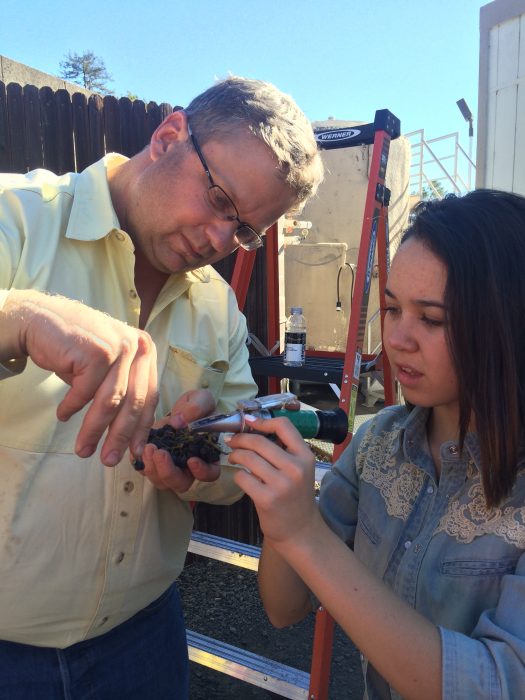
Here, a few weeks ahead of the harvest, Ag Academy teachers and students remove leaves and shoots to get more sun into the canopy and make access to the grapes a bit easier at harvest time:

After plenty of sweat and hard labor, and some good fun, close to a half-ton of Chardonnay is ready to head to the winery. In the United States, there are serious prohibitions against students working with alcoholic beverages, so this fruit is delivered to the winery by the adults, turned into wine over the next 18 months, bottled, labeled, and then sold (to adults) at various fundraisers:
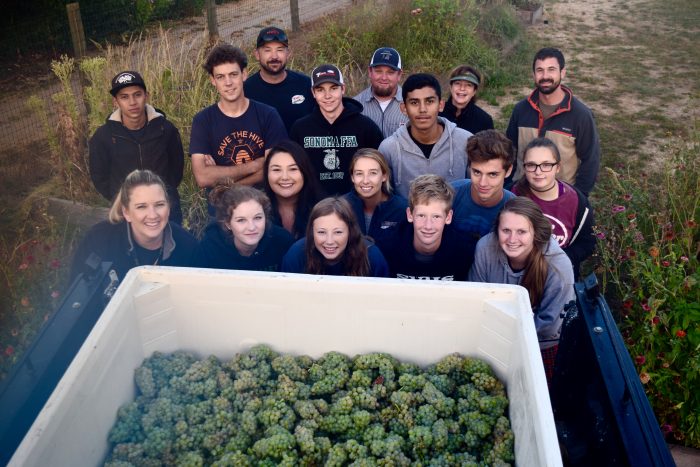
Inside the greenhouse after harvest, we pause to study how a ‘clone’ (a single bud, the offspring of a given grape variety) are removed with a sharp knife and ‘grafted’ (attached) to the ‘rootstock’ (an entirely different grape variety that performs well in a given soil condition) and thus when the two parts are combined becomes the plant that goes into the ground to start a new grapevine:
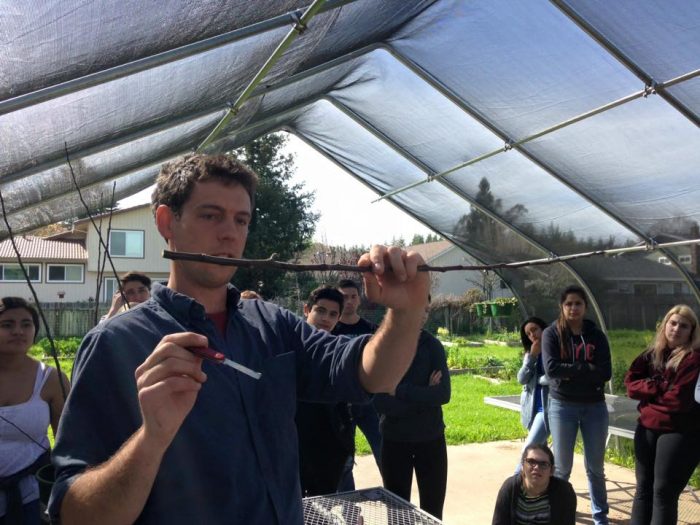
Students develop and present a farming plan to a mock City Counsel in Sonoma town council chambers:


Then it’s time for our Sonoma Ag Academy crew to make a trip to the Capitol in Wash DC for the FFA convention, Future Farmers of America:

And a new generation of farmers is born:
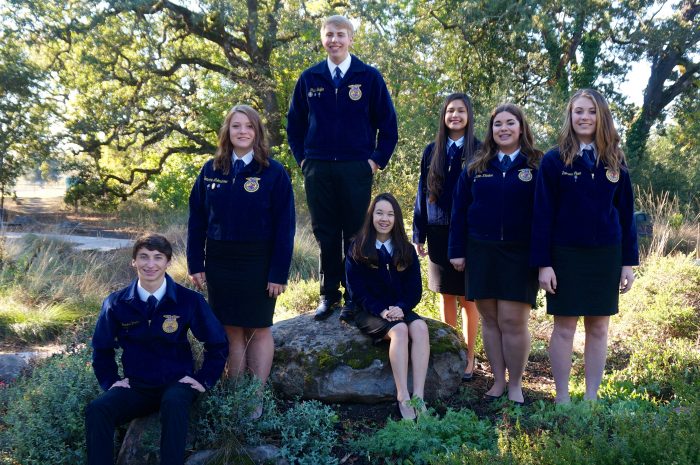
The Advisory Board to the SVHS Agri-Tech Academy is made up of local Sonoma business people, vineyard and winery executives, university professors, and other qualified interested parties. If you would like not join our board, please email me personally.
If you enjoyed this post, please subscribe here
More reading about rootstocks, clones, grafts, and the Ag Academy:
Sunridge nursery’s rootstock selections and attributes
Alphabetical list of Novavine’s clone selections
Image of a notched benchgraft with clone grafted to rootstock





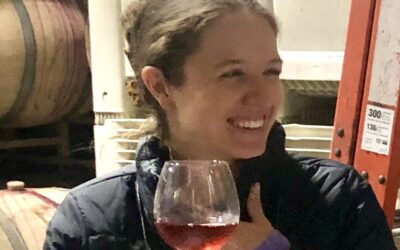
I love this article. Thanks, Ken
What a great program! Great post.
very uplifting. So nice to read positive news.
Thanks for being a role model for this kids! I believe the children are our future. Teach them well and let them lead the way. 🙂
Really enjoyed this…especially the photos. Keep the good news coming.
As former teachers, we love to see a subject taught in a hands-on and real life way. Great job.
Great update Ken!
Great article! Always enjoy learning more about what’s going on in and around Sonoma, especially school programs like this. Thank you!